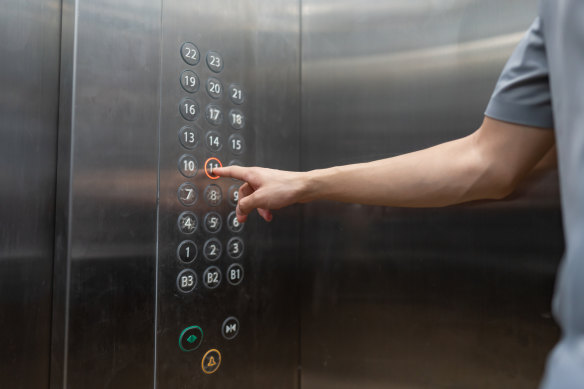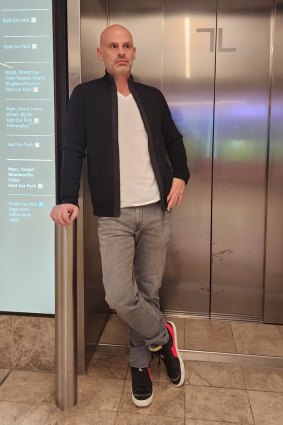Reading the news in the past few weeks has frequently left me feeling nauseous, faint and panicked. If it wasn’t the story of a woman from Ecuador knocking from the inside of her coffin during her wake, it was an article about the Titan submersible and its final journey, trying to reach the Titanic wreck 4,000 metres below the ocean’s surface.
My feelings were real – and unsettling – but didn’t extend as far as some people’s more debilitating fear of confined spaces. Giles Kirkham, 49, is one of thousands of Australians who has been diagnosed with claustrophobia. “I wouldn’t go in a submarine, even if the hatch was open,” he says.

Research suggests around two per cent of people have been diagnosed with a marked fear of closed spaces.Credit: iStock
Dr Corrie Ackland, clinical psychologist at the Sydney Phobia Clinic, says claustrophobia is a fear of enclosed spaces severe enough to impact day-to-day life. “Lifts and medical procedures, like MRIs, are common triggering environments,” she says. “Some people avoid flying and others are unable to sit in certain rooms.”
“My claustrophobia manifests itself mainly in lifts,” says Kirkham, who lives in Melbourne’s eastern suburbs. “But I’ve also had panic episodes while wearing a thick wetsuit and being crammed in the back of a small three-door car.”
Kirkham’s fear of lifts sees him climbing a lot of stairs, including to the 30th floor of a hotel building while on holiday. Though he has developed personal tactics that can allow him to use bigger and more modern lifts, the mental strain and physical symptoms he experiences have been a substantial problem for his software sales work, which involves meetings in multi-storey buildings.

Giles Kirkham, 49, is one of many Australians who have been diagnosed with claustrophobia.
“People tend to think of phobias as not serious, but they can be debilitating,” says Professor Bronwyn Graham, a clinical psychologist whose research at UNSW focuses on the treatment of phobias. Graham also notes that though we do not have Australian data on how common phobias are, international studies indicate that around two per cent of people have been diagnosed with a marked fear of closed spaces, with women three times more likely to be affected than men.
Contrary to popular belief, not everyone’s fear is triggered by a horrific experience. Instead, genetics and learned fear from others often play a role. “My mum hated going in lifts, and we’d think it was hilarious, so would jump up and down,” Kirkham recalls from his early childhood. “Then I had a lift pause before the doors opened – just for 20 seconds – but it triggered something, then I started avoiding them.“
Unlike other anxiety disorders, medication doesn’t work for phobias. Exposure – a clinical term for ‘facing the fear in a supported way’ – is the standard treatment for claustrophobia, as well as other phobias like a fear of spiders, heights, flying or blood.
Stay connected with us on social media platform for instant update click here to join our Twitter, & Facebook
We are now on Telegram. Click here to join our channel (@TechiUpdate) and stay updated with the latest Technology headlines.
For all the latest Life Style News Click Here
For the latest news and updates, follow us on Google News.
